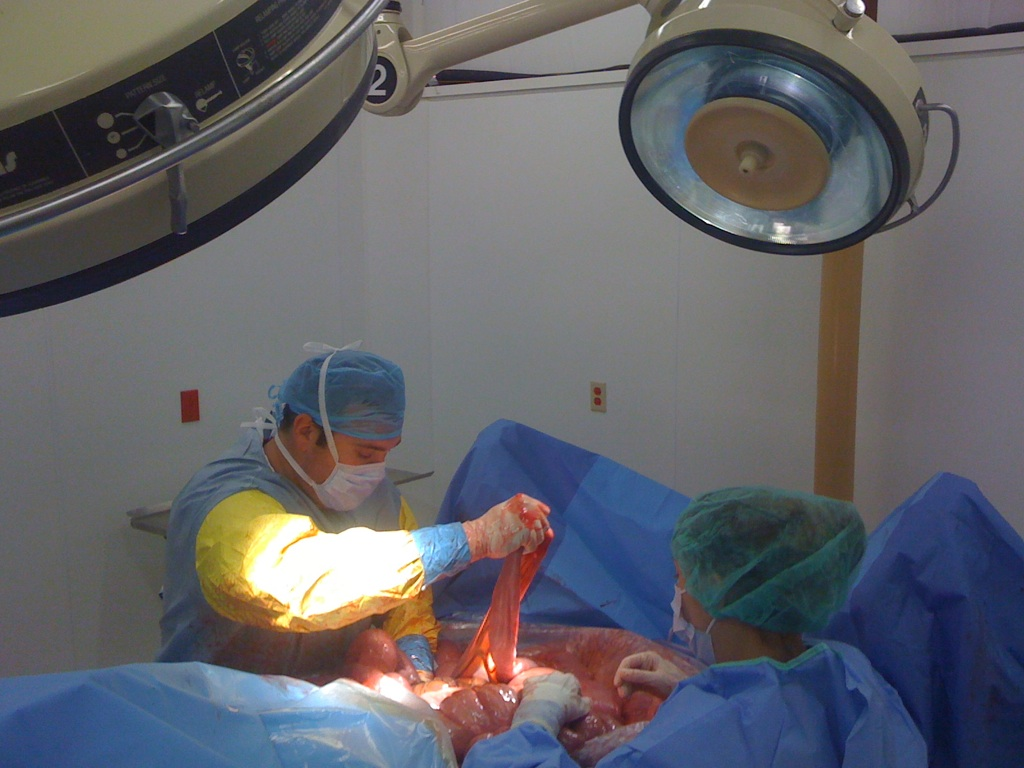CALEC surgery, an innovative breakthrough in ocular treatment, is revolutionizing the way we think about corneal restoration. This cutting-edge procedure harnesses the power of stem cell therapy to effectively repair the cornea’s surface following severe eye damage that was once deemed untreatable. By utilizing cultivated autologous limbal epithelial cells, CALEC offers hope for individuals suffering from corneal injuries caused by trauma, infections, or chemical burns. In clinical trials, it has demonstrated remarkable success rates, providing a sustainable solution for patients who rely on effective eye damage repair. As research progresses, CALEC surgery exemplifies the potential of ocular stem cells in restoring vision and improving quality of life for many.
In recent advancements within ocular medicine, cultivated autologous limbal epithelial cell (CALEC) therapy represents a significant step forward in treating serious eye injuries. Also known as limbal stem cell therapy, this approach focuses on repairing the delicate surface of the cornea, providing an alternative to traditional corneal transplants for patients experiencing debilitating vision problems. By taking healthy stem cells from one eye and using them to regenerate the other, CALEC surgery aims to replace lost or damaged corneal tissue. This innovative technique is part of a broader movement towards personalized, regenerative medicine in the field of ophthalmology, which seeks to address the needs of patients affected by significant ocular damage.
Introduction to CALEC Surgery
The first step in understanding CALEC surgery is recognizing its significance in the field of ophthalmology. Cultivated Autologous Limbal Epithelial Cells (CALEC) represent a groundbreaking approach to treating severe corneal damage that was previously deemed untreatable. By harnessing the body’s own stem cells, specifically from the limbal epithelial cells found in the cornea, this innovative surgical procedure restores the corneal surface, offering new hope to patients suffering from debilitating eye injuries.
At Mass Eye and Ear, this pioneering technique is not just about healing an eye; it symbolizes a shift towards regenerative medicine in eye care. Developed through years of meticulous research and clinical trials, CALEC surgery allows for the extraction and expansion of stem cells from a healthy eye, creating a graft that can be transplanted into the affected area. This method has shown promising results, with over 90% of trial participants experiencing significant improvement in their corneal health.
Frequently Asked Questions
What is CALEC surgery and how does it relate to corneal restoration?
CALEC surgery, or cultivated autologous limbal epithelial cells surgery, is a revolutionary procedure designed for corneal restoration. It utilizes stem cells harvested from a healthy eye to repair the corneal surface in severely damaged eyes, offering new hope for individuals with previously untreatable eye damage.
How does stem cell therapy work in CALEC surgery?
In CALEC surgery, stem cell therapy involves extracting limbal stem cells from a healthy eye, expanding these cells in a lab to create a cellular tissue graft, and then transplanting this graft into the damaged eye. This process effectively restores the cornea’s surface, facilitating healing and improved vision.
What are ocular stem cells and their role in CALEC surgery?
Ocular stem cells, specifically limbal epithelial cells, play a crucial role in CALEC surgery. These stem cells are responsible for maintaining the cornea’s surface health. By utilizing these cells from a healthy eye, the CALEC procedure helps regenerate the damaged cornea, providing effective treatment for serious corneal injuries.
Can CALEC surgery treat chemical burn-related eye damage?
Yes, CALEC surgery is specifically designed to treat eye damage caused by chemical burns, infections, or other traumas that deplete limbal epithelial cells. This innovative stem cell therapy offers a new solution for patients suffering from such severe corneal damage, which traditional corneal transplants cannot address.
What are the success rates of CALEC surgery in clinical trials?
Clinical trials of CALEC surgery reported over 90% effectiveness in restoring the cornea’s surface. Initial follow-ups showed full restoration in 50% of patients, increasing to 79% and 77% at the 12 and 18-month marks, demonstrating promising long-term outcomes for individuals with corneal injuries.
Is CALEC surgery currently available for patients in the United States?
Currently, CALEC surgery is still experimental and is not available at Mass Eye and Ear or any other U.S. hospital. Further studies are needed before it can be submitted for federal approval, with future trials aimed at expanding access for patients across the country.
What potential does the future hold for CALEC surgery and ocular stem cell treatments?
The future of CALEC surgery looks promising, with plans for larger clinical studies and the development of an allogeneic manufacturing process to derive stem cells from donor eyes. This could broaden treatment eligibility for patients with corneal damage affecting both eyes and enhance the potential of ocular stem cell therapies.
| Key Point | Details |
|---|---|
| First CALEC Surgery | Performed by Ula Jurkunas at Mass Eye and Ear. |
| Procedure Description | Involves stem cell therapy to restore corneal surface using harvested stem cells from a healthy eye. |
| Success Rate | 90% effective in restoring cornea’s surface, with complete restoration in 50%, 79%, and 77% at 3, 12, and 18 months follow-ups respectively. |
| Safety Profile | No serious adverse events; some minor adverse events occurred, including a bacterial infection in one patient. |
| Future Directions | Future trials aimed at expanding application, particularly for patients with damage to both eyes and FDA approval. |
Summary
CALEC surgery represents a groundbreaking advancement in ophthalmology, offering new hope for patients with severe corneal damage once considered untreatable. This innovative stem cell therapy not only demonstrates remarkable effectiveness in restoring corneal surfaces but also showcases the commitment of researchers to refine and expand access to this vital treatment. With a promising safety profile and ongoing studies aimed at wider application, CALEC surgery may soon transform the landscape of eye care, ensuring that more individuals benefit from this pioneering approach.
